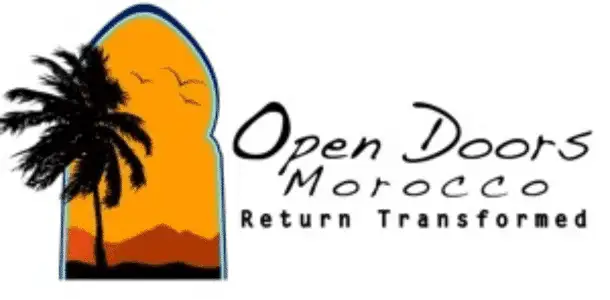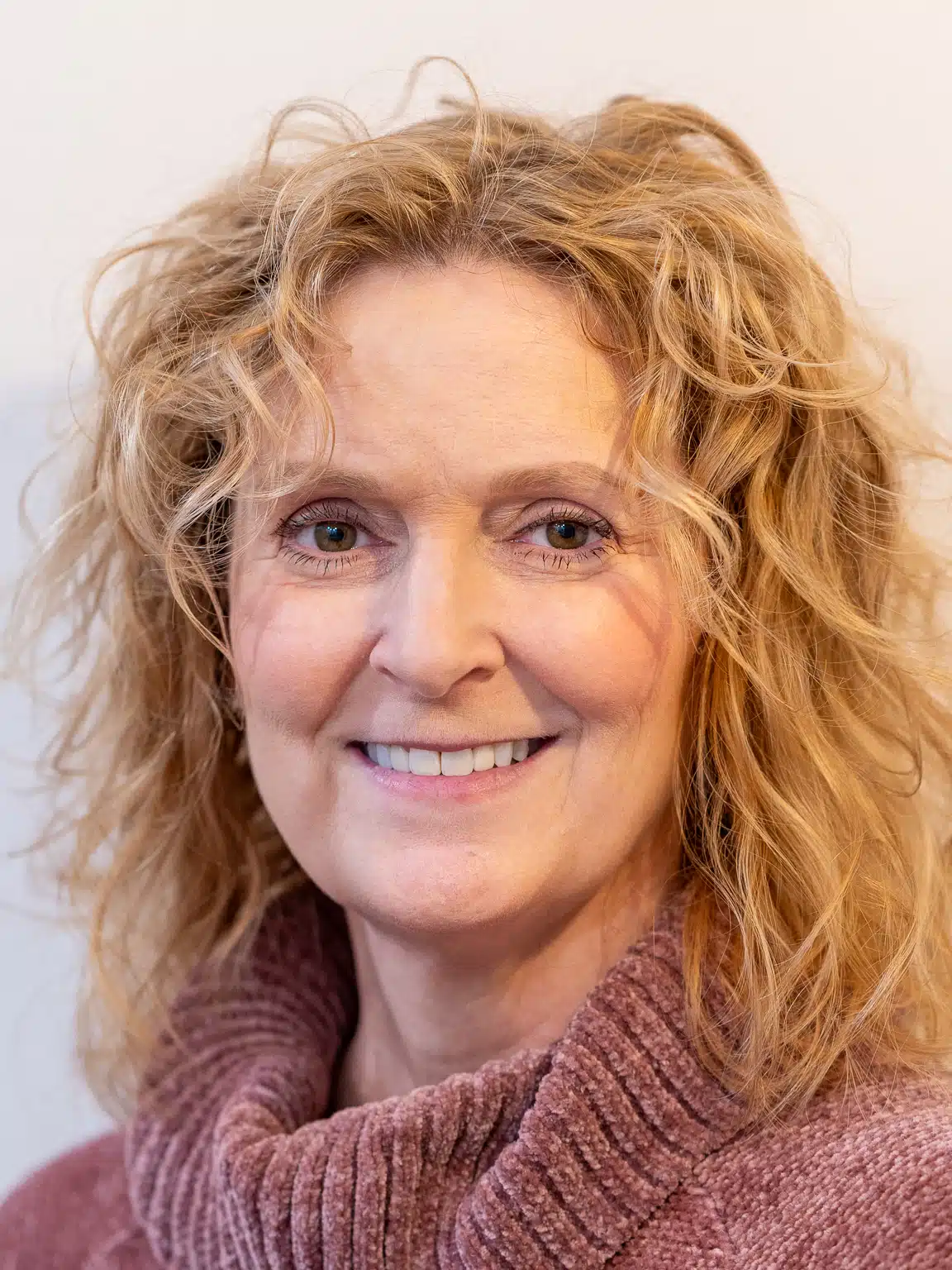Sustainable Tourism: Making a Difference

Our guest blogger, Margaret Cornfield, tells the story of visiting two homes in Tamnougalt, Morocco, highlighting the importance of sustainable tourism. The Cornfields, Open Doors Morocco, and our good friend Mustapha in Tamnougalt provided much-needed roofs for two homes in the village. Margaret tells the story best:
Planning the Trip
We went on a trip organized by Open Doors Morocco. Said and Nancy helped plan the trip to the Anti-Atlas regions of Morocco. We chose this company because they have a strong community ethic and donate a percentage of their profits to the communities they visit.
My husband, Frank Cornfield, is a photographer, so we decided to follow one of their projects. Nancy told us that our trip would help reroof two houses in a small village in the Draa Valley near Agdz. We requested to visit this town, meet the beneficiaries, and photograph them. The location fit nicely with our projected trip to the Anti-Atlas, so everything was arranged.

This visit proved to be a highlight of our trip. We met some special people, and Frank took wonderful pictures, benefiting everyone. I felt included in the projects, not just a tourist passing by. Because of our trip, two families had more shelter when the cold winter winds blew and the rain fell.
Arrival and Stay
We arrived in the village in the late afternoon and settled into our home for the next few days. We stayed in an old traditional kasbah (fortified home) owned by Mustapha Kassi, who runs it as a small guest house in the ancient part of Tamnougalt in the Draa Valley. Mustapha identified the families needing help for Open Doors and oversaw the projects. Our stay in Kasbah Maktob was delightful; we were treated as part of the family, with a small party featuring delicious food, Berber music, and songs.

Exploring Tamnougalt
Mustapha guided us the following day through the alleyways between the mud-brick buildings, most of which were in ruins and deserted. He explained that the former residents had moved to new buildings in another area or left the village. Tamnougalt used to be the region’s capital, and its assembly of families (the djemaa) administered the area until the Glaoui family of Telouet took control. The local Berber tribe, the Mezguita, still inhabits the area. The Kasbah des Caids can be visited and is considered a showcase of traditional architecture.
We first visited Mehidi, his wife Touda, and their six children aged 15 to 1½ in the dilapidated kasbah they inhabit in the old part of town. Despite its grand-sounding name, the kasbah is not owned by the family, and they had only one damp room to sleep in. The project aimed to roof another room for them to move into, renovate the existing room, and provide two dry living areas.

Mehidi’s Background
Mehidi started working at 12, after his father died, to help support his family. Initially, he worked as a laborer, learning mud-brick construction skills. Now he works for himself, but work is scarce as many owners are not interested in renovating the buildings. These buildings are left to decay, which is a shame because they are often beautifully decorated and can be comfortable if maintained.
Touring the Kasbah
Mehidi had started work on his building and would also work on the other funded building. This project gave his family more space and provided Mehidi with more work, keeping two old buildings alive and used. He showed us how they make bricks by mixing chopped straw and clay mud, putting the mixture into a large metal mold, stamping it down, and letting it dry for two to three weeks. These solid bricks form the walls, and the ceilings use traditional techniques with date palm trunks, bamboo latticing, and clay mud layers. A layer of plastic between layers is a modern addition. All materials were sourced locally.

We toured the rest of the kasbah. Touda’s long, dark kitchen stored fruits and vegetables, and she cooked on a small clay oven over wood. A courtyard tap provided water for washing dishes. The lower kasbah housed their animals: one donkey, two goats, four sheep, and a pet rabbit. Many other areas needed repair, but funds were limited.


Meeting Aisha
Next, we visited Aisha, a woman in her mid-50s, who lived alone in another kasbah. Aisha met us on the road to her kasbah and talked non-stop during our visit. She smiled and laughed a lot, using body language to connect with us despite the language barrier. Mustapha interpreted, but it was clear she wanted to connect, and her warmth made us feel welcome.

Aisha lives on the top floor of a beautiful but decaying kasbah. Her rooms leak in the winter because there’s no plastic sheeting between the bamboo slats and clay/mud straw layers. The project aimed to waterproof her rooms by reworking the ceilings. Aisha’s kitchen, similar to Mehidi’s family’s, had a mud brick stand and a mud brick kiln for bread. Without running water, she hauled water up three floors in pails or bottles. Mustapha plans to extend the water system to Aisha when he renovates a nearby kasbah for artists.

Aisha’s Resilience
I asked Aisha if she was afraid to live alone in the kasbah, but she laughed. She sang loudly and danced to show her independence. She showed me her treasured, archaic TV and reassured me she was not afraid.
Reflection and Gratitude
I left with mixed feelings. I saw two families living in old conditions, mostly because they had no choice. Transporting them to a comfortable concrete house might not have done them any favors. Living in the old part of town, they kept the buildings alive. Despite their poverty, they made the best of what they had, laughed at life, and were grateful for the small improvements our money provided. Thank you, Aisha and Mehidi and family, for letting us meet you and learn about your lives. We will not forget you.

And thank you Open Doors and Mustapha Kassi for making this experience possible for us.

